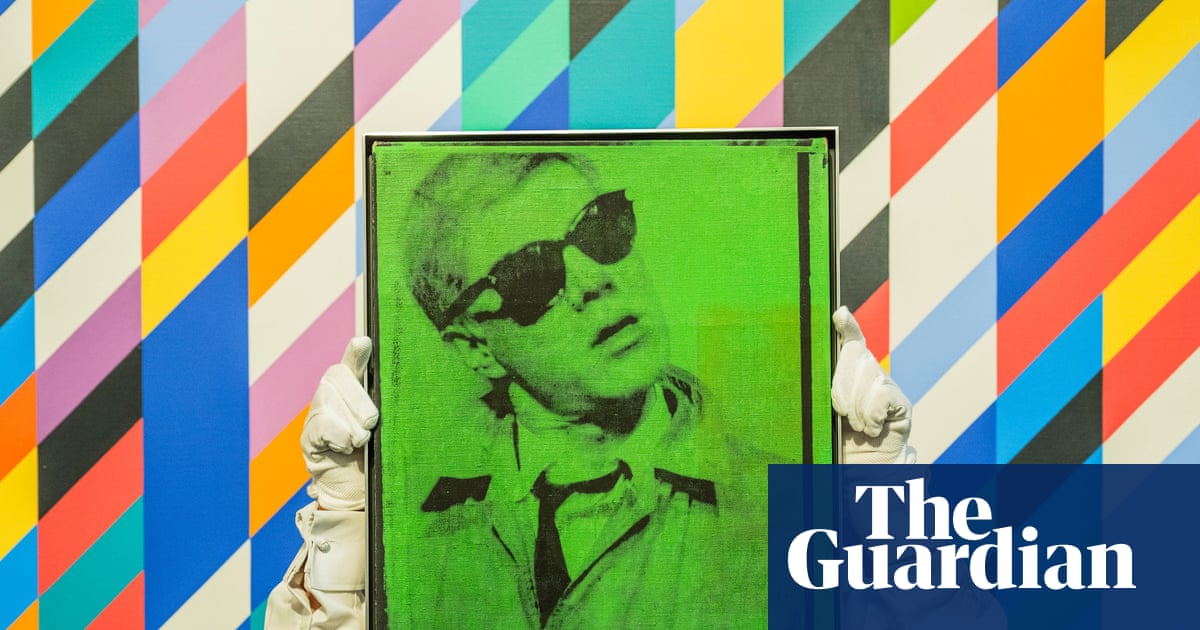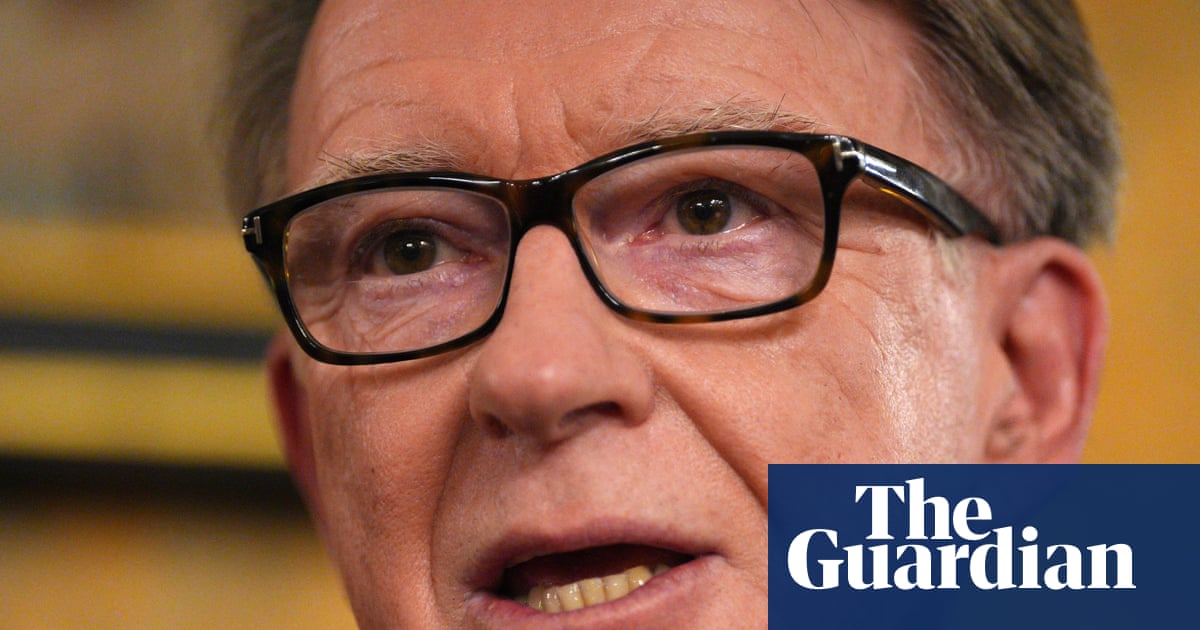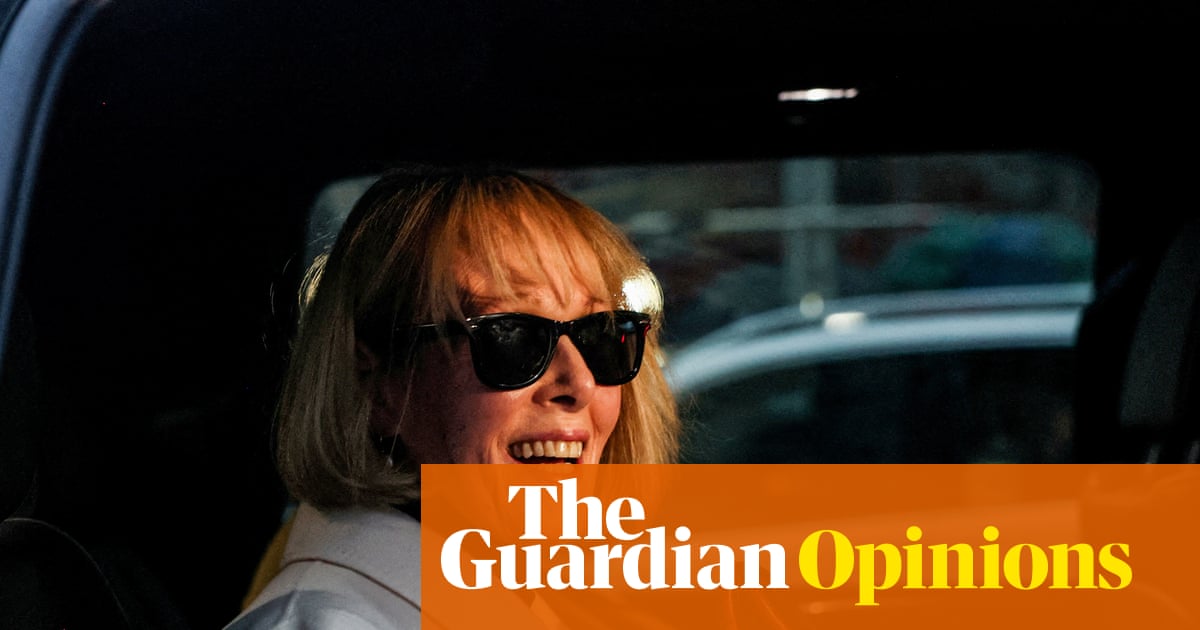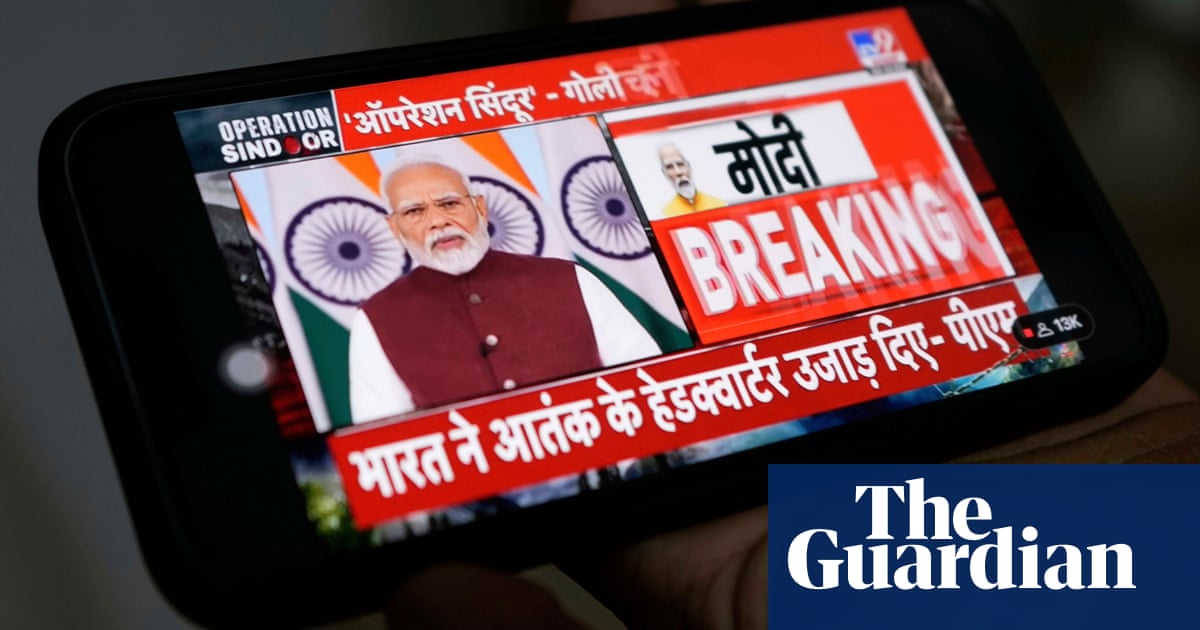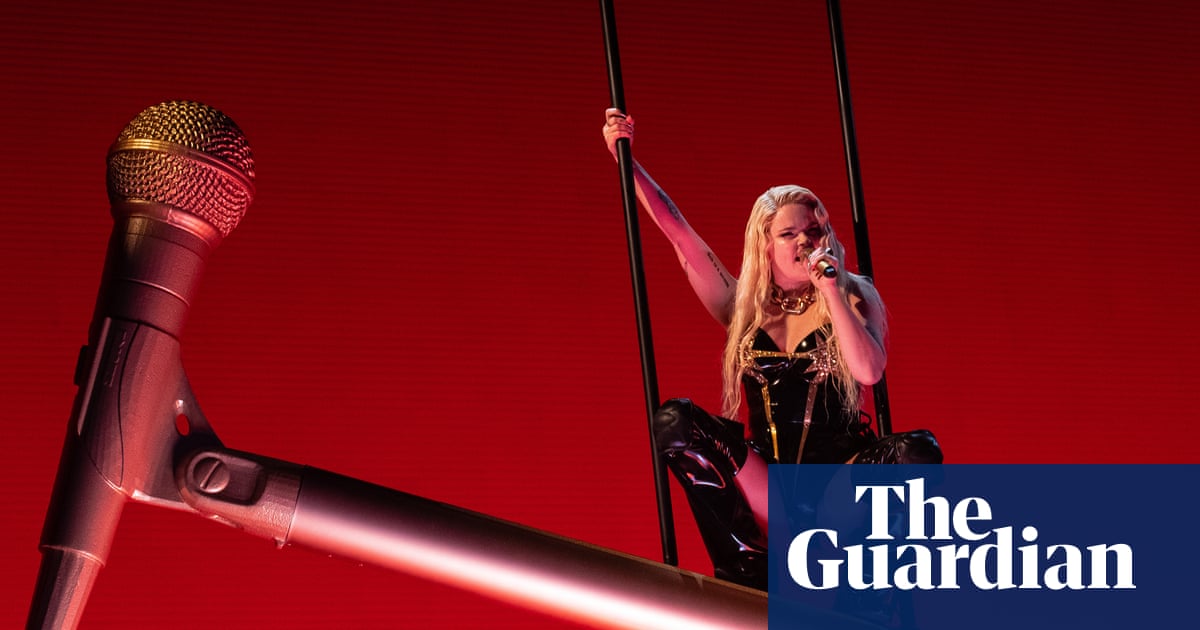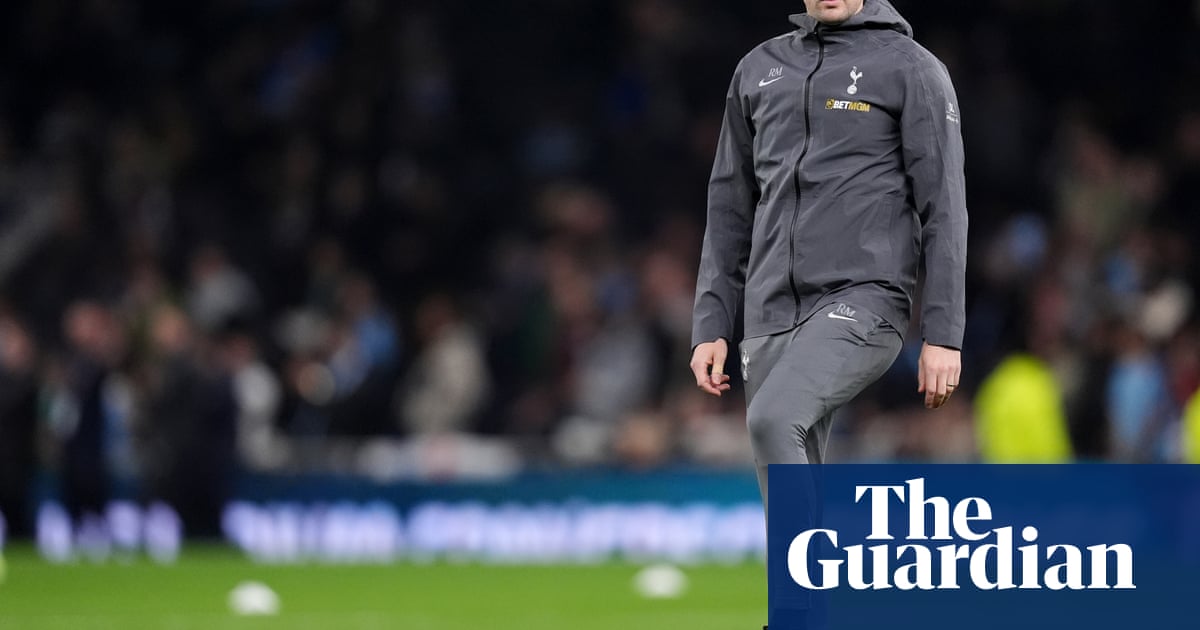If Chinese carmakers are to be believed, a lot of people really love karaoke. Those people love karaoke so much that they want it in their family car.
This was not something the European mind could comprehend a few years ago, according to Volkswagen’s chief financial officer, Arno Antlitz. Yet the technology, included in electric cars sold by China’s BYD and Xpeng, is just one example of the lessons that Volkswagen and its European counterparts have had to learn as they scramble to keep up with Chinese rivals on track to dominate the global electric car market.
“Nobody in Wolfsburg thinks you need karaoke in the car,” said Antlitz last week at a conference run by the Financial Times. “But you do need it.”
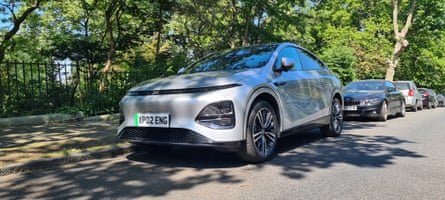
A decade ago, such humility from the world’s second-largest carmaker would have been surprising. Few people in Europe had driven Chinese brands, which were associated with shoddy workmanship. The global industry was dominated by longer-standing car-making countries led by Germany, France and the UK in Europe, and Japan and South Korea in Asia. Yet the advent of batteries offered a clear run for Chinese manufacturers – with huge state subsidies – to try to dominate the nascent electric vehicle industry.
They have seized the opportunity. Chinese brands achieved more than 10% share of European battery EV sales in some months of 2024, according to data from Matthias Schmidt, an electric car analyst – although that fell back to 7.7% in February. But the scale of China’s home market is unrivalled, with 12.8m battery and hybrid cars sold in China in 2024 – more than the entirety of the European car market.
China’s rapid progress took rivals by surprise, particularly after technological leaps during the years of coronavirus pandemic isolation. Bentley boss Frank-Steffen Walliser told the FT conference that the technology presented to the world at the Shanghai motor show in 2023 “was kind of a shock coming back after the cold pause”.
Chinese carmakers are increasingly racing towards a future in which the car is completely integrated with the rest of users’ digital lives and does most of the driving itself. Of the western carmakers, Tesla is still the leader on this front, but it ceded its technology lead to China’s BYD while its chief executive, Elon Musk, focused on getting Donald Trump elected as US president. Despite Musk’s support, Trump’s policies are expected to leave America’s carmakers far behind.
Chris McNally, an analyst at investment bank Evercore ISI, wrote last week, in a note to clients, after visiting the latest Shanghai show, that “investors have yet to grasp just how far ahead China may be” when it comes to the future of the car. He cited the experience of sitting in massage seats in the Aito M8 luxury SUV, watching a film on a retractable projector screen while Huawei computer chips handled the driving. That was all available for half the price of a western luxury competitor.
The global market share of the big three carmakers in each of Detroit, Germany and Japan has dropped from 74% to 60% in five years, McNally said. “If you are a US/EU manufacturer and do not have a plan to come to market with an affordable/scaled EV in next five years, you may be out of business in the 2030s.”
He added: “Is the game lost for western manufacturers? We can only say they appear down big at an auto evolutionary half-time.”
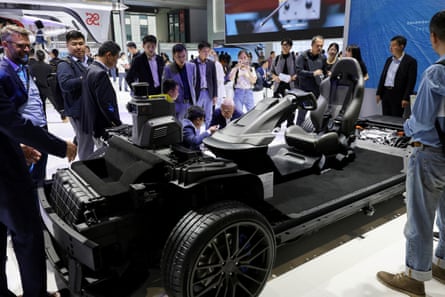
BYD’s Seagull has ruffled feathers with a price of about £6,000 in China – far below any rival but with autonomous technology, dubbed “God’s Eye”, which matches that available on much more expensive cars. It has achieved that price by using heavier sodium ion batteries that sacrifice range for affordability, but it is still a stark illustration of what European manufacturers are up against.
Chinese carmakers are on average able to develop cars at 27% of the cost of European rivals, according to analysis by Bain & Company, a consultancy.
It is not just at the cut-price end. Chinese manufacturers were out in force at a test day last week run by the Society of Motor Manufacturers and Traders, a UK lobby group. BYD’s new £33,300 Seal U DM-i, a plug-in hybrid family SUV, is going up against Volkswagen, whose plug-in hybrid Tiguan can be £10,000 more expensive.
State-owned Chery (under the Omoda and Jaecoo brands) was accompanied by Leapmotor, Geely (owner of the Volvo, Polestar and Smart brands), and Xpeng – whose electric G6 was the first from the brand to make it to the UK. On a week’s test, the Guardian found a wealth of driver assistance features and a smart, spacious interior that rival the Tesla Model Y – even if some reviewers found the ride a little too bouncy.
All of them offer keenly priced cars with little to separate them from European rivals, with relatively smooth rides and often impressive voice assistants that allow a driver to open the sunroof without taking their eyes off the road. One of the most popular vehicles for test was the ferociously quick MG Cyberster electric sports car, made by state-owned SAIC.
There has been some sign of a fightback from Europe. The Renault 5, starting at £23,000, has already achieved huge popularity as one of the first affordable European-made electric cars. Renault has taken pains to cut the production cost of the vehicle as much as possible, and it has been rewarded with huge popularity – although it is unclear how profitable the model will be.
after newsletter promotion
The French carmaker has also sought to squeeze the time it takes to get new models to market, from 3.5 years for the Renault 5, down to three years for the next car, the Renault 4, and two years for the upcoming Twingo, with help from an unnamed Chinese partner.
If you can’t beat ‘em, join ‘em appears to be a popular European strategy. Volkswagen has invested in Xpeng (or more properly, Xiaopeng), Stellantis is selling Leapmotor cars in Europe, and is expected to use its technology, while purportedly Scandinavian brands Volvo and Polestar will rely more and more on technology from their owner, China’s Geely.
Britain’s JLR is working with Chery to make cheaper vehicles under the previously retired Land Rover Freelander brand. Those cars, due to launch late in 2026, “have the potential to go global”, according to JLR boss Adrian Mardell. Nissan boss Iván Espinosa suggested the Japanese carmaker could build Chinese cars in Sunderland, north-east England, to use spare capacity.
Even if they wanted to, avoiding Chinese tech is next to impossible for many companies: batteries are mostly made in China, with some competitors in Japan and South Korea. Europe’s battery champion, Northvolt, collapsed. Meanwhile, BYD revealed in March that its new batteries could add 250 miles of range in five minutes of charging, only for Chinese rival CATL to say it could do more than 300 miles in the same amount of time. Shares in CATL jumped by 16% on their stock market debut in Hong Kong on Tuesday.
Europe has some defensive strengths. There are huge networks of dealerships – still the preferred model of purchases – and garages who can carry out maintenance. That will slow down the advance of Chinese brands.
“The European buyer is actually a very conservative buyer, very loyal to their car brands,” said Eric Zayer, who leads on automotive in Europe at Bain & Company. “It is very hard for the Chinese to enter Europe and replicate the success.”
He added that buyers will need to be persuaded that Chinese brands are not going to disappear – as happened to US electric brand Fisker – causing chaos for owners of vehicles built with regular software updates in mind.
European bosses insist that the game is not lost, even if it is clear that China is at the very least going to win a significant chunk of the global automotive market.
Bentley’s Walliser said the “Chinese are better at risk taking, quicker, working harder” and embracing new technologies. “It’s not magic,” he said. “It could also be done here.”
Luca de Meo, Renault’s chief executive, said: “We have to not underestimate the resilience of our automotive companies.”

 3 months ago
42
3 months ago
42



